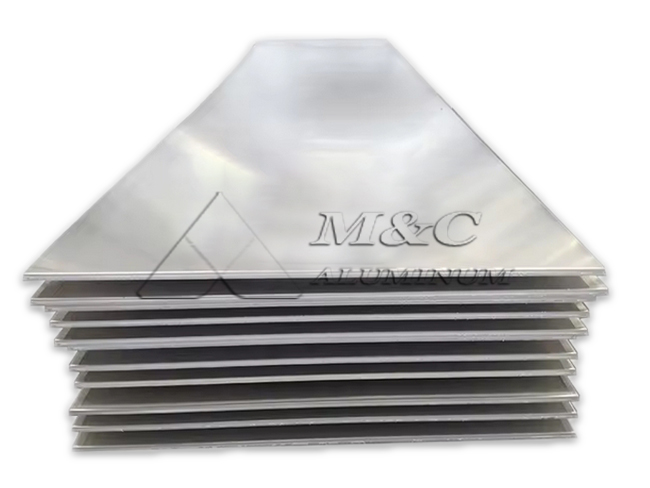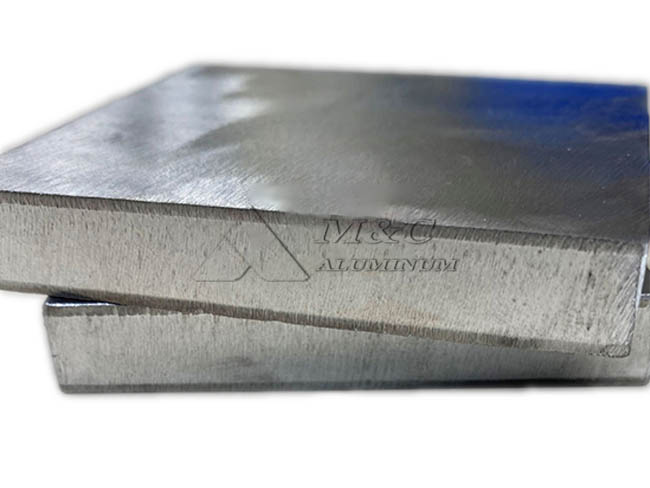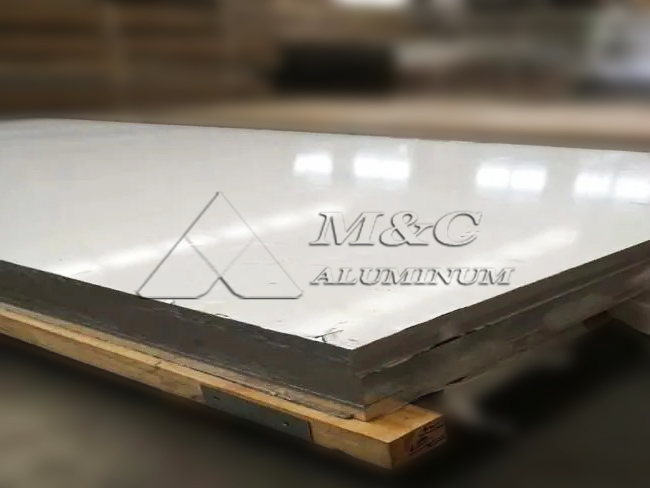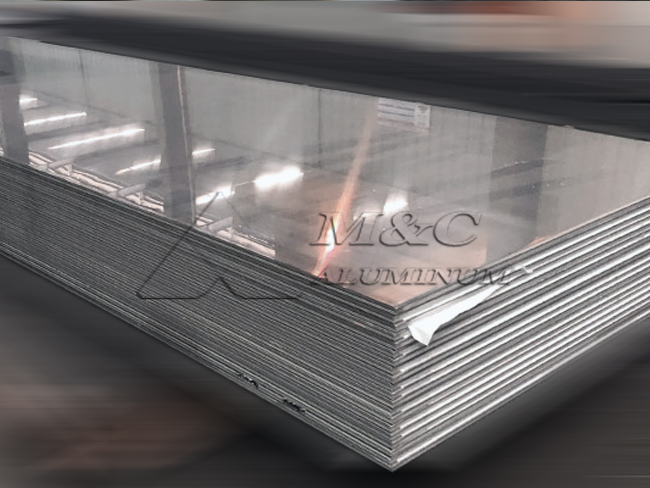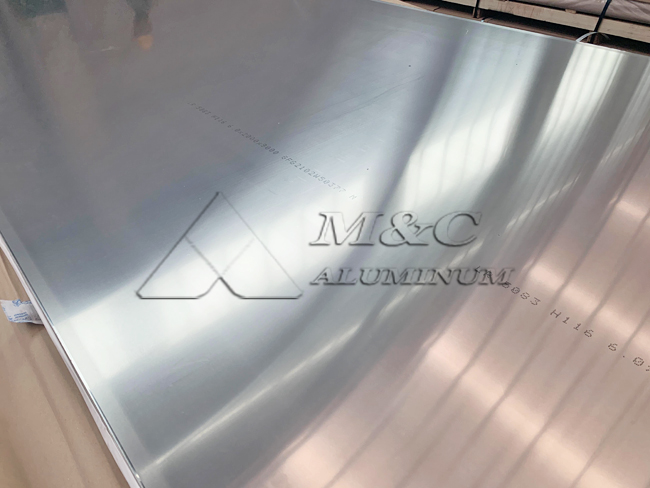General Corrosion Resistance of 5-Series Alloys in Marine Environments
5-series aluminum alloys generally exhibit good corrosion resistance in marine environments, mainly due to the passive oxide film formed on their surface. However, this protective film is particularly vulnerable to attack by chloride ions (Cl⁻) in seawater, which can break down the passive layer and leave the alloy in an unstable passive state. This promotes localized corrosion such as pitting and crevice corrosion. Under certain conditions, more complex forms like intergranular corrosion (IGC), stress corrosion cracking (SCC), and exfoliation corrosion can also occur.
Historic Advances in Temper and Microstructure Control
5083 marine aluminum alloy is a non-heat-treatable alloy that achieves strength primarily through work hardening. Production typically involves melting, hot rolling, and cold rolling to make plates, followed by stabilization treatments to reach the H116 temper, which is optimized for corrosion resistance.
In the 1960s, the US made a major breakthrough by developing the H116 and H117 tempers, engineering continuous grain-boundary precipitation networks that effectively reduced exfoliation and intergranular corrosion—an important milestone in the history of marine aluminum alloys.
To enhance corrosion resistance, plates usually undergo stabilization and are supplied in H32X temper, while extrusions often use H112 temper (light deformation plus some cold work) to balance mechanical properties and corrosion resistance. Adding trace amounts of zinc (Zn) in 5083 can further reduce SCC sensitivity.
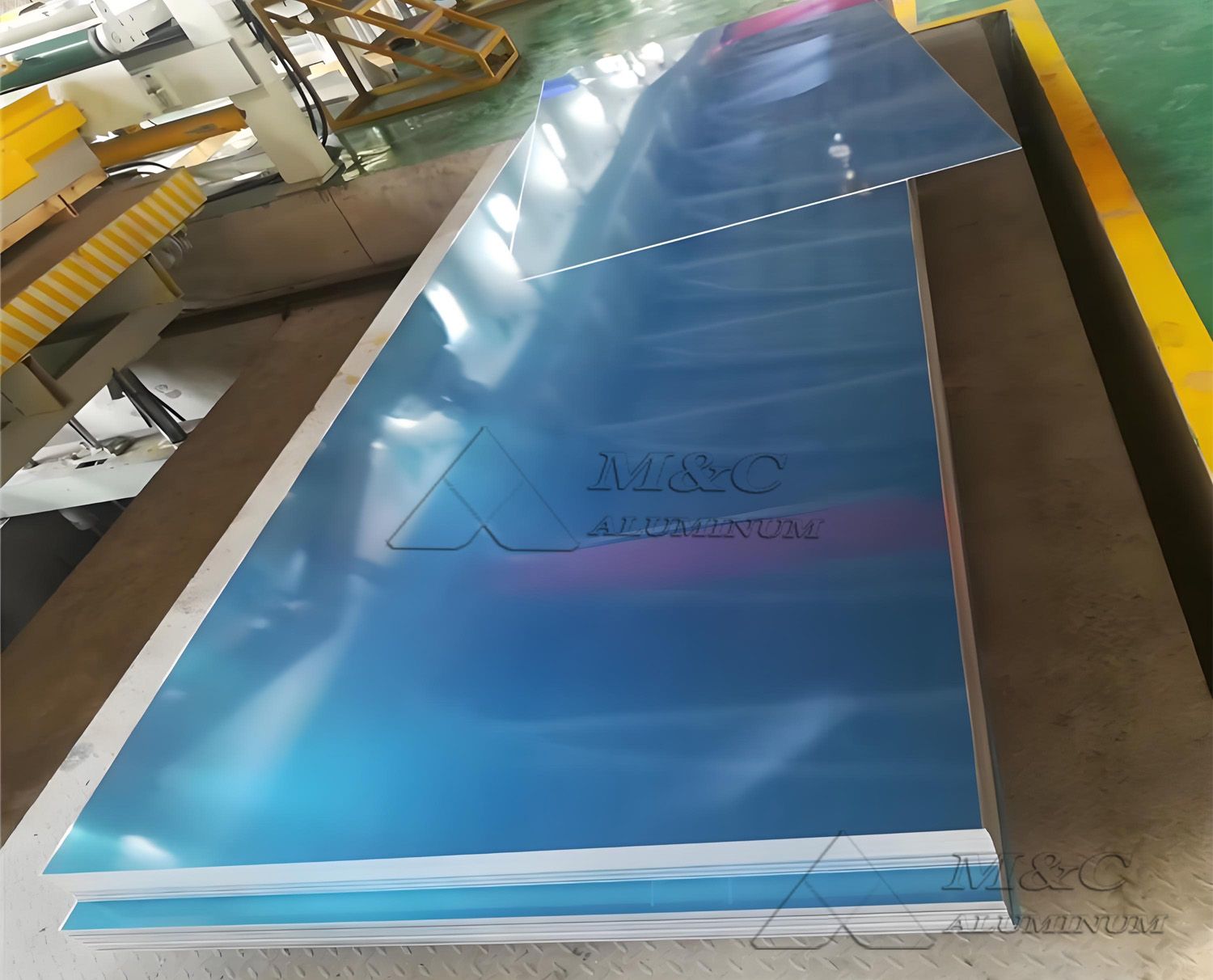 Types of Corrosion Affecting 5083 in Marine Service
Types of Corrosion Affecting 5083 in Marine Service
1. Pitting Corrosion:
A localized corrosion form initiated when the protective oxide layer is damaged and its self-repair is hindered. Chloride ions (Cl⁻) in seawater are highly aggressive, penetrating defects or heterogeneous areas of the film and causing pit nucleation, especially above a critical Cl⁻ concentration. While hydrated aluminum oxide (a gel-like corrosion product) tends to fill pits and slow further growth—often limiting depth to around 0.5 mm—thin sections or long service can still lead to perforation.
2. Crevice Corrosion:
5083 is prone to crevice corrosion in narrow, confined, or stagnant areas where oxygen is depleted and local acidification occurs. Studies show severe crevice corrosion in 5083 exposed at different seawater depths, particularly around bolt holes, with severity increasing with depth. While corrosion products can partially block crevices and slow attack, careful design is critical to minimize these vulnerable areas.
3. Intergranular Corrosion (IGC) and Stress Corrosion Cracking (SCC):
5083 and other 5xxx series alloys with >3 wt.% Mg have known sensitivity to IGC and SCC. Sensitization occurs when the alloy is exposed to moderate temperatures (50–200 °C) for extended periods, causing over-saturated magnesium to precipitate as a continuous β-phase (Mg₂Al₃) along grain boundaries. This phase is electrochemically more active, providing a preferential path for selective dissolution in seawater, weakening grain-boundary cohesion and reducing mechanical strength. Sensitization severity depends on time and temperature; use above 65 °C is generally avoided to reduce IGC/SCC risk.
4. Galvanic Corrosion:
This electrochemical corrosion occurs when two dissimilar metals are in contact in an electrolyte like seawater. The more active (anodic) metal corrodes preferentially, protecting the more noble or passive metal. 5083 aluminum alloy is relatively active, with a potential of about -0.90V to -1.00V. When coupled with common materials like Q235 steel (~-0.70V) or copper (~-0.35V), 5083 acts as a sacrificial anode and corrodes faster. Design should avoid direct connections with such noble metals to limit galvanic corrosion.
Strategies to Enhance Corrosion Resistance and Protection
1. Anodizing
An electrochemical process that thickens the natural oxide layer, significantly improving corrosion resistance, wear resistance, and appearance. For 5083, the porous structure formed during anodizing is similar to pure aluminum, although growth rates and oxide conductivity are higher.
2. Organic Coatings (Paints)
Organic coatings provide a physical barrier against corrosion. Marine coatings must be tough and durable, capable of withstanding impacts without cracking. Options include polyurethane, alkyd, and acrylic topcoats, which resist UV exposure and saltwater, maintain gloss, and offer high resistance to abrasion and chemicals.
3. Cathodic Protection Systems
(a) Sacrificial Anodes:
Designed to prevent underwater structure corrosion using metals with more negative potentials. Zinc, aluminum, and magnesium are common choices. Zinc is traditional for marine environments but less effective in freshwater. Aluminum anodes are lighter, longer-lasting, and suitable for salt and brackish water. Sacrificial anodes are connected via wires or cast-in straps to ensure good electrical contact and must be inspected and replaced regularly.
(b) Impressed Current Cathodic Protection (ICCP):
ICCP systems use an external power source to suppress the hull’s corrosion reactions, avoiding localized attack from galvanic coupling or nearby propellers. Aluminum hulls require relatively low protection currents but need precise control to avoid cathodic disbondment (coating failure). Systems like Alutek use high-purity silver reference electrodes to continuously monitor hull potential and automatically adjust anode current, ensuring consistent protection. ICCP offers more precise, reliable protection compared to sacrificial anodes.
MC Aluminum supplies 5083 plates in a variety of tempers, including O, H111, H112, H116, and H32, each with its own characteristics to meet diverse marine needs. For example, H116 plates are ideal for hull structures due to their excellent corrosion resistance and strength, while H32 is suited to applications requiring balanced strength and formability.
Original Source: https://www.marinealum.com/a/how-corrosion-resistant-is-5083-marine-aluminum-plate.html
Tag: 5083 marine aluminum plate 5083 anti-rust aluminum plate 5083 marine aluminum alloy 5083-H116 marine aluminum plate 5-series marine aluminum alloy 5-series aluminum alloy marine aluminum plate manufacturer

